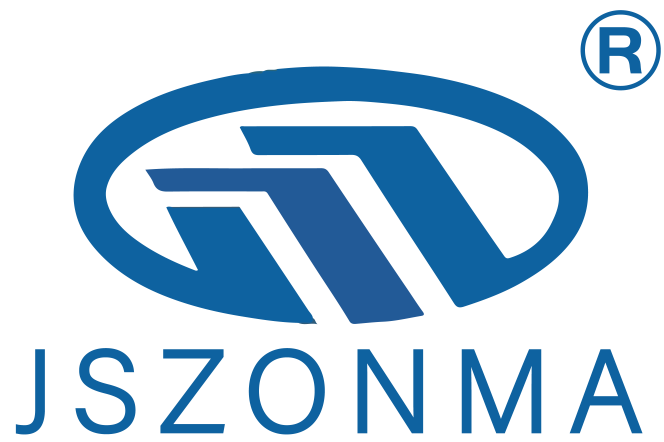Understanding Power Transformers in Modern Industrial Applications
Power transformers serve as the backbone of electrical distribution systems across industries, playing a crucial role in voltage regulation and power transmission. These essential devices enable the efficient transfer of electrical energy between circuits through electromagnetic induction. As industries continue to expand and energy demands grow, selecting the appropriate power transformer becomes increasingly critical for operational success, safety, and cost-effectiveness.
The modern industrial landscape demands reliable and efficient power distribution solutions. Whether you're upgrading existing infrastructure or planning new installations, understanding power transformer specifications and requirements is fundamental to making an informed purchase decision. This comprehensive guide will walk you through the essential considerations, technical specifications, and industry best practices for selecting the ideal power transformer for your specific needs.
Core Components and Technical Specifications
Essential Components of Power Transformers
At the heart of every power transformer lies its core components, each serving a specific purpose in the transformation process. The magnetic core, typically constructed from high-grade silicon steel laminations, provides the path for magnetic flux. The primary and secondary windings, made from high-purity copper or aluminum, facilitate the voltage transformation process. Understanding these components helps in evaluating transformer quality and performance capabilities.
The insulation system, comprising oil or dry-type materials, plays a vital role in maintaining dielectric strength and cooling. Modern power transformers also incorporate sophisticated monitoring systems and protective devices to ensure safe and reliable operation under various conditions.
Technical Parameters for Selection
Several key technical parameters require careful consideration when selecting a power transformer. The primary specifications include voltage ratio, power rating (kVA or MVA), impedance percentage, and efficiency ratings. Temperature rise limits, cooling methods, and insulation class must align with the installation environment and operational requirements.
Additional technical considerations include short-circuit strength, load loss values, no-load loss figures, and voltage regulation capabilities. These parameters directly impact the transformer's performance, efficiency, and longevity in your specific application.
Environmental and Installation Considerations
Location and Environment Assessment
The installation environment significantly influences power transformer selection. Indoor installations require different specifications compared to outdoor placements. Factors such as ambient temperature, humidity levels, altitude, and exposure to environmental elements must be carefully evaluated. Seismic activity zones may necessitate special structural considerations in transformer design and mounting.
Space constraints and accessibility for maintenance should also guide your selection process. Proper ventilation requirements and fire safety considerations need thorough assessment, particularly for indoor installations.
Cooling System Requirements
Different cooling methods suit various installation scenarios and operational demands. Oil-immersed transformers typically employ natural oil circulation (ONAN) or forced oil circulation with air cooling (ONAF). Dry-type transformers might use natural air cooling (AN) or forced air cooling (AF) systems.
The choice of cooling system affects both the transformer's performance and maintenance requirements. Environmental regulations and safety considerations often influence the selection between oil-filled and dry-type transformers, particularly in sensitive locations.
Efficiency and Cost Considerations
Energy Efficiency Standards
Modern power transformers must comply with increasingly stringent energy efficiency standards. High-efficiency transformers may command higher initial costs but offer substantial long-term savings through reduced energy losses. Understanding efficiency ratings and their impact on operational costs helps in making a cost-effective selection.
Consider the transformer's expected lifetime efficiency, including both no-load and load losses. Energy cost calculations should factor in your facility's operational patterns and local electricity rates to determine the most economical choice.
Total Cost of Ownership Analysis
Beyond the initial purchase price, evaluate the total cost of ownership (TCO) over the transformer's expected service life. This includes installation costs, maintenance requirements, operational expenses, and potential replacement costs. Factor in reliability metrics and the cost implications of potential downtime in your specific application.
Consider future expansion plans and load growth predictions when sizing your transformer. Oversizing for future needs might be more cost-effective than replacing the unit prematurely, but must be balanced against efficiency losses from persistent under-loading.
Maintenance and Monitoring Requirements
Preventive Maintenance Protocols
Establish comprehensive maintenance protocols based on the transformer type and operating conditions. Regular inspections, oil testing for liquid-filled units, and diagnostic testing help prevent unexpected failures and extend service life. Consider the availability of maintenance expertise and replacement parts when selecting a specific transformer model.
Modern monitoring systems can provide real-time data on critical parameters, enabling predictive maintenance approaches. These systems help optimize maintenance schedules and prevent costly failures through early detection of potential issues.
Performance Monitoring Solutions
Advanced monitoring technologies offer sophisticated capabilities for tracking transformer health and performance. Consider implementing monitoring systems that track key parameters such as temperature, oil condition, dissolved gas levels, and load patterns. These systems provide valuable data for optimizing transformer operation and maintenance scheduling.
Integration capabilities with existing facility management systems should factor into your selection process. Modern power transformers often offer digital communication interfaces that enable remote monitoring and control capabilities.
Frequently Asked Questions
How long does a power transformer typically last?
A well-maintained power transformer can typically last 20-35 years, depending on operating conditions, maintenance practices, and environmental factors. Some transformers may continue functioning effectively for over 40 years with proper care and regular maintenance.
What is the difference between dry-type and oil-filled transformers?
Dry-type transformers use air and solid insulation materials, making them safer for indoor installations and environments where fire risk must be minimized. Oil-filled transformers use insulating oil for cooling and insulation, typically offering higher efficiency and better overload capability, but requiring more maintenance and safety considerations.
How can I determine the right size transformer for my application?
Sizing a power transformer requires careful analysis of current load requirements, future growth predictions, peak demand patterns, and environmental factors. It's recommended to work with qualified electrical engineers to perform a detailed load study and consider factors such as harmonics, power factor, and ambient conditions in the sizing calculations.

